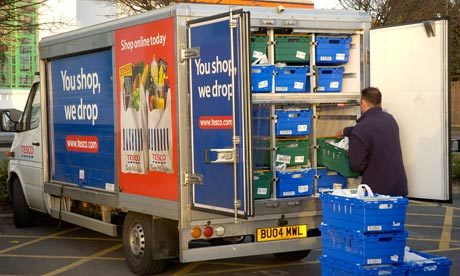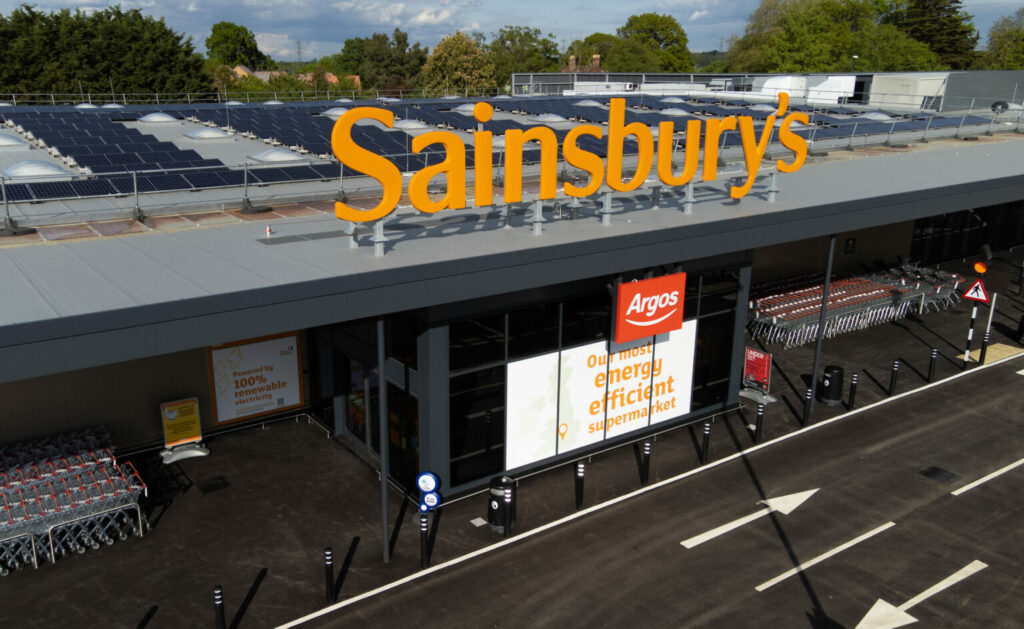A report published today by Kantar Worldpanel shows that online sales in the UK have grown by 20% in the last year, ahead of a total market growth of 1%, revealing the opportunities for FMCG retailers to use this channel to drive sales. The report reveals that online FMCG sales accounted for 6% of the market in 2014, up from 5% in 2013.
The report – “Accelerating the growth of e-commerce, 2015 Edition” – looks at worldwide trends in FMCG e-commerce and forecasts that globally, online FMCG sales will hit $130 bn by the end of 2025. Online‘s share of FMCG purchasing in advanced e-commerce markets will double in the next 10 years and Kantar Worldpanel estimates online purchasing will reach 30% in South Korea, 15% in China and at least 10% in the UK and France.
Global FMCG online sales grew 28% in 2014
With growth of 28% globally in 2014 alone, sales online are rising, particularly in the world‘s most advanced e-commerce markets such as the UK, where online grew its share from five to six per cent last year. South Korea continues to be the country where FMCG online sales are highest, reaching 13.2% of the total FMCG market (compared to 10.2% one year ago).
FMCG e-commerce grew at a faster pace in Asia with China being the fastest growing market (34%) followed by South Korea (22%). In Europe FMCG e-commerce grew 20% in the UK and 12% in France.
Opportunities for retailers and brands
The report is based on in-depth analysis of the purchasing habits of 100,000 shoppers in ten of the biggest online FMCG markets and identifies the need for retailers and brands to prioritise their e-commerce strategies to take advantage of the real opportunities that e-commerce brings:
Huge promise: With only 1 in 4 shoppers buying online on a global level, there is enormous headroom for growth. South Korea is a great example of e-commerce potential becoming reality: 58.9% of South Korean households buy FMCG products online at least once a year. In the UK, France and Spain, nearly one out of 4 households buy online but the UK supermarkets are trailblazing in building repetition.
Valuable shopper profile: the typical profile is a family with young children, urban-suburban, middle/upper class. An average online shopper in the UK spends £43 per trip online compared to the £10 spent per trip in a brick and mortar store – over four times more.
Loyalty: the online share of total spend is already high. In the UK, online shoppers spend 23% of their annual FMCG spend in the same retailer.
Fraser McKevitt, Head of Retail and Consumer insight at Kantar Worldpanel, explains:
“The online channel is providing UK retailers and brands with genuine growth at a time when overall sales growth is very slow. The core e-commerce shoppers are still families with young children, but the appeal is widening, with ever more older consumers also using online retailers to buy their staple groceries.
British shoppers making the move to online seem to want less of everything. They want to spend less, and they feel less tempted by websites than in the stores. They want to devote less time to shopping, and want to make less of an effort, clearly preferring their favourite brands to come to them.”
Online‘s share of the grocery market rose from 5% in 2013 to 6% in 2014, with this growth look set to continue well into the 2020s.”


















